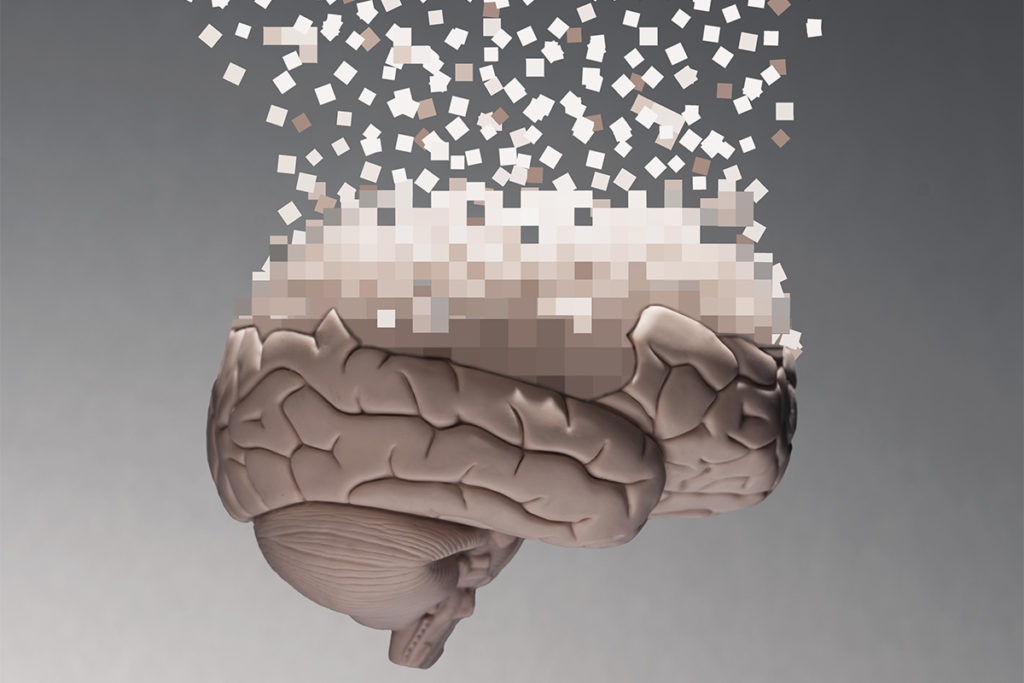7 Ways We All Can Bridge the Gap
ACE's chief science officer reflects on key insights from 6 years of interviewing experts for this column.
Over the course of writing this column, I’ve had the opportunity to interview 60-plus experts from a variety of fields, including medicine, nutrition, exercise science, fitness and psychology. In this, the final installment of the series, I highlight major themes and key insights that professionals across the healthcare continuum use to help clients bridge their personal gaps and challenges.
1. Understand a Person’s “Why”
- Fitness professionals need to develop a deep understanding of the psychology of health and fitness in order to motivate clients to create positive change in their lives. In addition to designing exercise programs, fitness professionals must acquire the knowledge and skills to act as health coaches to help clients craft strategies for successful lifestyle change.
- All change must start from within. Either on their own or with the help of a fitness professional or nutrition expert, people must work to establish why they want to change. A number on the scale should not be viewed as the end goal. The real goal is what a person wants from life. How will losing weight help him or her to achieve that goal?
2. Approach Exercise With Science—and Empathy
- It is critical for exercise professionals and health coaches to understand the challenges that clients with excess weight or obesity encounter when completing tasks that may appear simple. Added weight does not necessarily create pain but may exacerbate it. No person, regardless of weight status, will progress in an exercise program if there is pain associated with movement.
- Corrective exercise and improved biomechanics lead to better quality of movement, which reduces mechanical stress on the body, restores confidence in the ability to move and function, and establishes an exercise habit and a shift toward self-responsibility.
- Everyone can relate to the experience of carrying a heavy backpack. The cardiovascular and musculoskeletal systems must work harder to move the extra pounds. Individuals with excess weight or obesity battle this on a daily basis. Extra pounds cause a chain reaction of moving less and gaining more weight until the typical activities of daily life become extremely difficult to perform.
- Training this population requires patience and empathy. Fitness pros and health coaches should always prescribe exercises that will make clients feel successful from the start. Pros should also ask clients why they became motivated to seek assistance and should design programs that will help them achieve those specific goals.
3. Learn the Power of Incremental Lifestyle Change
- Healthy lifestyles aren’t built by overhauling all habits at once. Instead, they are developed gradually over time by adopting a series of small changes. The first steps are to look at priorities and define a few realistic short-term goals.
- Plans that leave people feeling deprived are not sustainable. Only the combination of sensible eating and exercise will improve cardiometabolic health and overall wellness. The general sense of well-being and increased energy that come with healthy eating habits and regular physical activity help people embrace positive lifestyle choices over the long haul.
- Most people know that obesity can increase risk for various chronic diseases, but a more immediate consequence is how much obesity can limit engagement in life’s pleasurable activities. As people gain weight, they sometimes pull back from recreational and social activities because they feel embarrassed or are afraid of being judged. This can lead to depression, anxiety and social isolation, not to mention more sedentary time.
- The best diet or workout schedule for a client is one he or she can do for life. Measuring a healthy lifestyle by a number on a scale undermines the many important components of well-being, such as healthier eating habits, finding a form of exercise one enjoys, and learning to accept and even embrace individual challenges.
- Stress is a leading cause of relapse for people trying to change health behaviors. Stress depletes the energy people have available for self-regulation, a skill critical for sticking to a behavior-change plan. People often experience stress as fatigue and may feel they are “too tired to exercise.” In addition, when people feel stressed, they look for ways to feel better, which may include negative health behaviors they are trying to change.
4. Recognize the Power of Role Models and Social Support
- Good health begins at home. Early role models form the basis for the choices children make regarding what they eat and how important exercise is to them personally. Later on, teachers and athletes can also serve as role models to a child, but by this time a child’s value system may dictate which messages get through and have the greatest impact. Adoption of a healthy lifestyle and prioritization of good habits must start early and at home.
- The most important role that exercise professionals and health coaches can play is that of trusted adviser. Trust is earned by truly understanding the journey of the individual, which requires empathy. It’s important to develop strategies to “meet them where they are,” not drag them to where you think they should be. Success starts with psychology, sociology and communication—the “art” of training. The “science” of training can then take clients the rest of the way.
- It takes a village. People should get an experienced exercise professional or health coach, find a supportive community of others with similar goals, and engage a significant other, family members and/or like-minded friends. People with a combination of expert and personal support get the help they need when they need it.
5. Use Public Policy as a Bridge
- Public health initiatives that link health care with fitness care offer some hope. Since obesity can be considered a chronic disease that will likely require ongoing care, healthcare providers, exercise professionals, health coaches and insurance companies will need to work together to foster participation in age-appropriate interventions that promote and support daily physical activity, healthy food choices and other healthy behaviors.
6. Check Your Biases About Obesity at the Door
- Research shows that weight bias runs deep in our society, as in “fat” is bad and “thin” is good. One of the largest misconceptions is that individuals battling weight-related challenges are lazy and lack the willpower to change, when in fact obesity often leads to a loss of self-efficacy.
- Another misconception is that obesity is a simple issue of personal responsibility. Because behavioral modification strategies can help people lose weight, the assumption is that people with obesity are merely choosing not to engage in them. The truth is that many people aren’t aware of effective strategies and end up using ineffective ones (such as fad diets). Also, neurobiological factors affect appetite, cravings, how much we enjoy certain foods and even how much we enjoy exercise. If someone is struggling, it doesn’t necessarily mean the person is not trying or doesn’t care.
- The promotion of physical activity as fun and inclusive of everyone helps change the perception our society holds about obesity and those affected by it. Physical activity needs to become pervasive in our society—in schools, workplaces and homes. It also needs to be framed as accessible and, to some degree, enjoyable for everyone—not as intimidating or exclusive.
7. Speak Carefully: Language Matters
- We all have unconscious biases, so the challenge is not in deciding whether we do or not, but rather in identifying them and changing them. One approach is to occasionally ask, “Is there anything I have done or said that would make a person feel misunderstood, judged or patronized?” This opens an important dialogue and builds trust.
- Using people-first language is helpful. This means avoiding labeling a person by his or her disease, which can be dehumanizing; for example, it means saying “a client with obesity” instead of “an obese man.”
- Images used in gyms or advertising send powerful messages. It is important to portray individuals with obesity enjoying physical activity and to avoid visuals that could perpetuate weight-based stereotypes.
Editor’s note: After a 6-year run that has gathered a wealth of insights on best practices for helping people with obesity, this is the final installment for ACE’s Bridging the Gap column. Find the full catalog of these columns showcasing strategies from experts in fitness, public health, behavior change, health coaching and medicine at www.ideafit.com keyword: Bridging the Gap.





